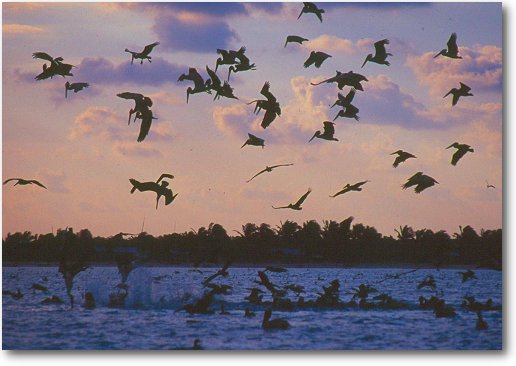
The first news of the discovery of the ruins of the Mayan city of Coba dates back to 1842. From then on, researchers have been recovering its marvels little by little. Presently, it is one of the many archaeological centres that can be visited on the Yucatan Peninsula.
Coba is located at only 62 miles of Playa del Carmen, which makes it easy to be reached from there. The means of transportation are the usual ones: van or bus from the station of Fifth Avenue, or by a rented car. Hotels and agencies also organise all in one package tours. Once in Playa del Carmen, it is very easy to get there. The entrance fare is 45 pesos (about 3 dollars).
It is situated east of Tulum which gives us a good excuse to stay there for at least two and visit both places and spend the night in the modern Tulum. Coba in Mayan language means “the place of ruffled waters”.
It is possibly one of the Mayan cities to have reached its maximum magnificence quite early. There are vestiges that in the years 200 and 600 A.D., this city-state had an influence over all the northern part of the Peninsula of Yucatan, due to its location which made it the crossroad of countless commercial routes. Its power even reached some commercial ports such as Xel-Há. The result of this wide network, today we can enjoy the pictorial remains of Coba which clearly show the influence of the Teotihuacán’s, who came from the central part of Mexico.
But this supremacy of Coba will start decreasing with the rise of the area of Chichén Itzá. After a first period of confrontation, the supremacy of the latter Mayan city started from the year 900 or 1000 A.D. following territorial and commercial disputes between the two cities. When the Spanish people arrived in the area, the city of Coba was uninhabited. The consecutive necessities of the city throughout its history have left a set of areas very different chronologically as well as functionally, up to a perimeter of 43 square miles packed with archaeological remains. All the zones discovered cannot be visited, due partly to deterioration and partly to the fact that the discoveries are quite recent and there is still more to be investigated.
The visit starts by Grupo Coba, is composed by residences and palaces. The most important is the building devoted to cult, which in the zone is called Iglesia, (church) and is 82 feet tall. Another group that can be visited it the Nohoch Mul, which is older than the previous one. The height of its buildings is quite surprising especially the tallest of all those found in the several Mayan cities, is also called Nohoch Mul (which in Maya means “large hill”); the lowest plinth and the temple is about 138 feet height. Other two groups can also be visited: the Grupo de las Pinturas (Temple of the Paintings), in reference to the remains of mural paintings that are still preserved in some structures; and the Macanxoc, with remarkable steles in remembrance of the achievement some of the queens who governed Coba.
One of the added interests of the visit to Coba is that all the buildings are in the middle of luxuriant jungles where we can delight in the marvellous flora and fauna.
—
Francisco Cenamor
The Fives USA blog about Playa del Carmen & the Riviera Maya, Mexico
Filed under: Archaeological, Azul Fives Hotel, Blog Playa del Carmen, Blog Riviera Maya, Canada to Mexico, Caribbean, Caribbean sea, Coba, Fifth Avenue, Hotels Playa del Carmen, Hotels Riviera Maya, Jungle Mexico, Luxury hotels, Maya, Maya Gastronomy, Mayan archaeological, Mayan Empire, Mayan history, Mayan ruins, Mayans, Mexican Caribbean, Mexican caribbean history, Mexican flora and fauna, Mexican Gastronomy, Mexican Riviera, Mexico, Mexico beaches, Peninsula of Yucatan, Playa del Carmen, Playa del Carmen Beaches, Quinta Avenida, Resorts Mexico, Riviera Maya, The Fives, The Fives Resort, Tulum, USA, USA to Mexico, Xel-Há | Tagged: Archaeological, Azul Fives Hotel, Cancun, Caribbean, Coba, Maya, Mayan, Mayan archaeological, Mexico, Mexico Blogs, Playa del Carmen, Playa del Carmen blogs, Riviera Maya, Tulum | Leave a comment »


